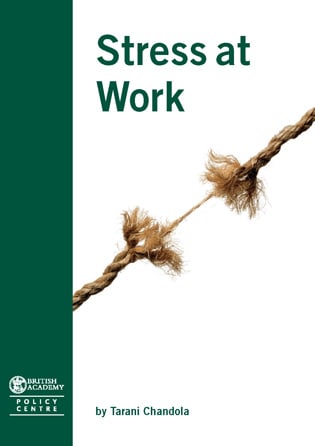A week on from Australia’s The Weekly Times using its front page to open a debate about roll over protection structures (ROPS), the debate has continued in the letters and op-ed pages of The Weekly Times.
Dr Yossi Berger of the Australian Workers Union asks the valid question in his opinion piece – should all the responsibility for quad bike incidents be placed on riders or can manufacturers do better? If injuries and deaths on quad bikes continue to occur after rider-focused control measures have been advocated and encouraged for many years, isn’t it time to look at more than PPE and administrative controls? As Albert Einstein is alleged to have said:
“The definition of insanity is doing the same thing over and over and expecting different results.”
Rhys Griffiths of the Federal Chamber of Automotive Industries says in his piece that the quad bike manufacturers are frustrated that low-cost, in safety-speak, administrative controls are not being applied by riders or endorsed by safety regulators. The control measures recommended are likely to have positive safety impacts but these could be improved further by the integration of a ROPS. However Griffiths says that :
“Roll Over Protection Systems are not the answer”.
I agree but safety is rarely about “the” answer. Better outcomes are mostly achieved by a combination of controls that can accommodate the varying work characteristics. Continue reading “People enter the quad bike ROPS debate”



